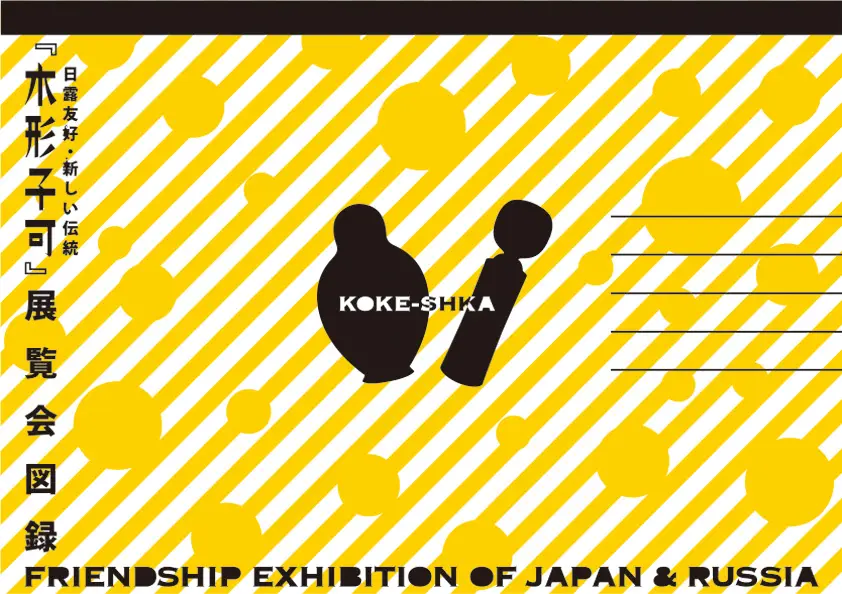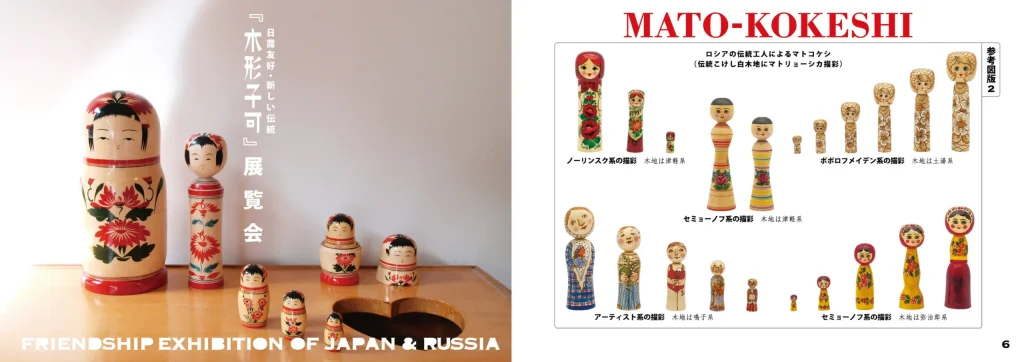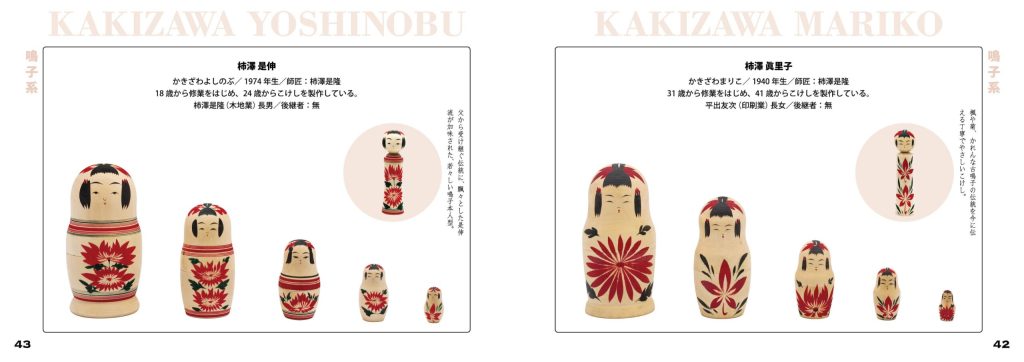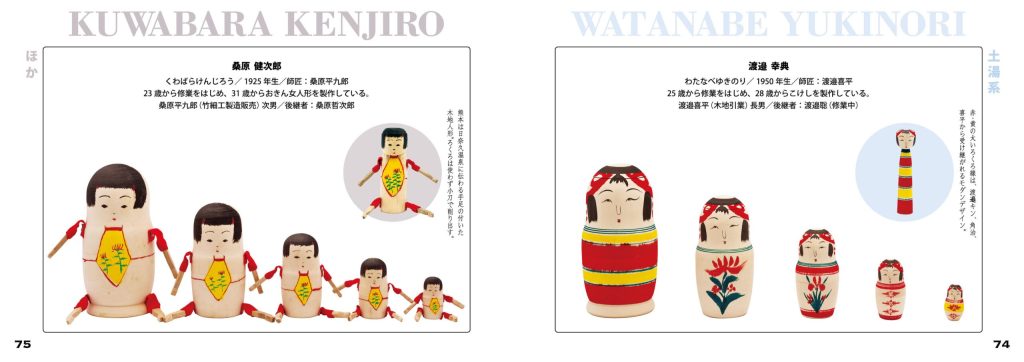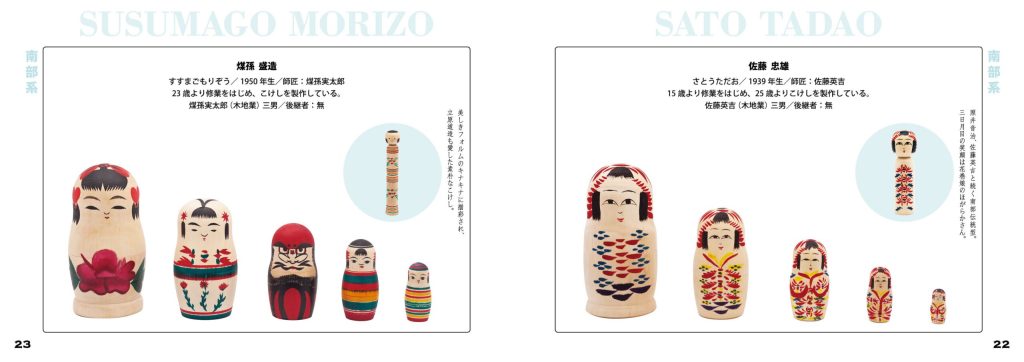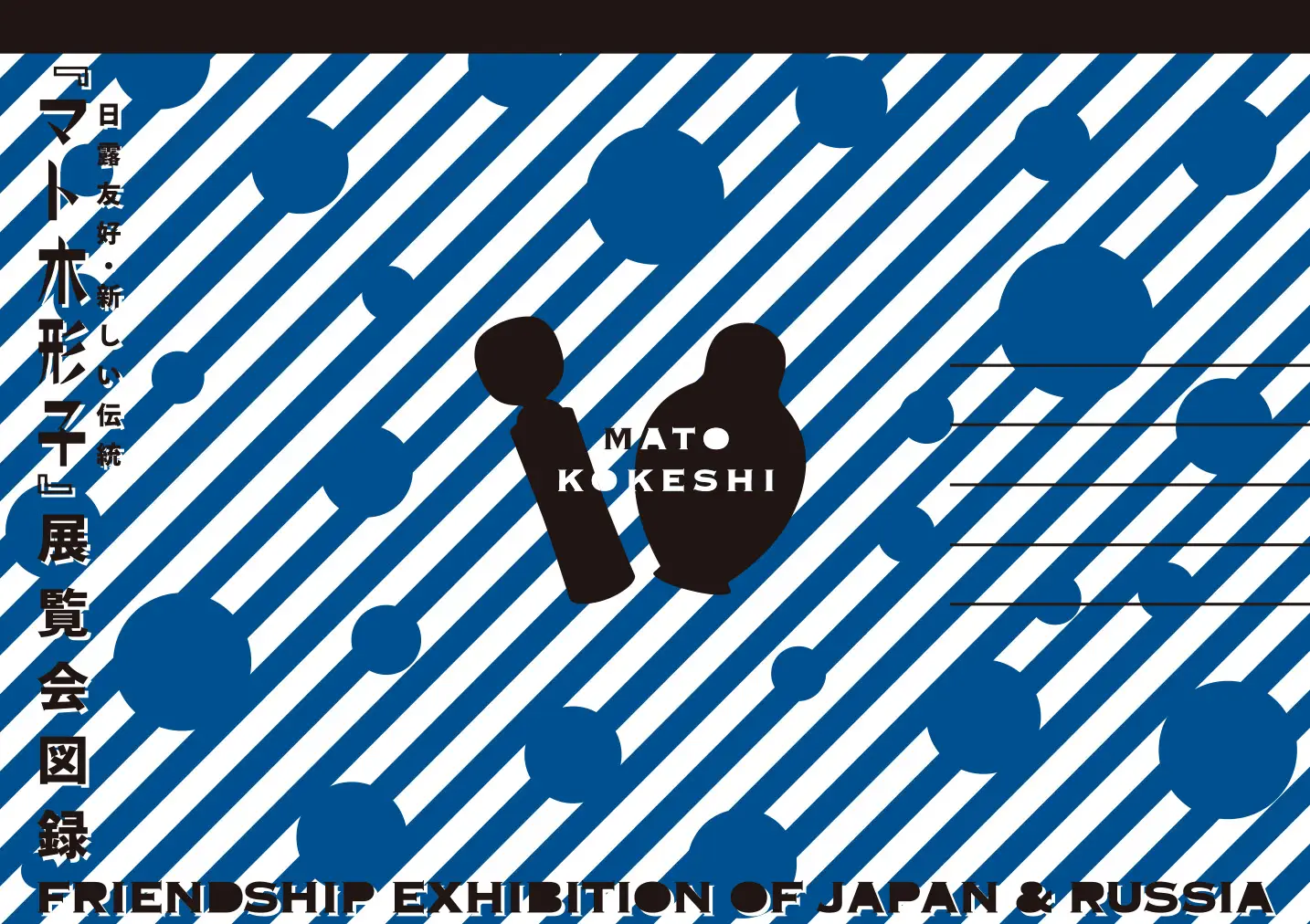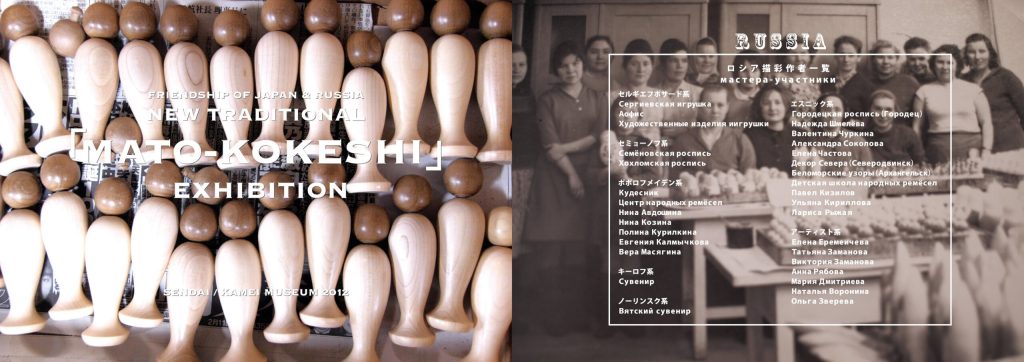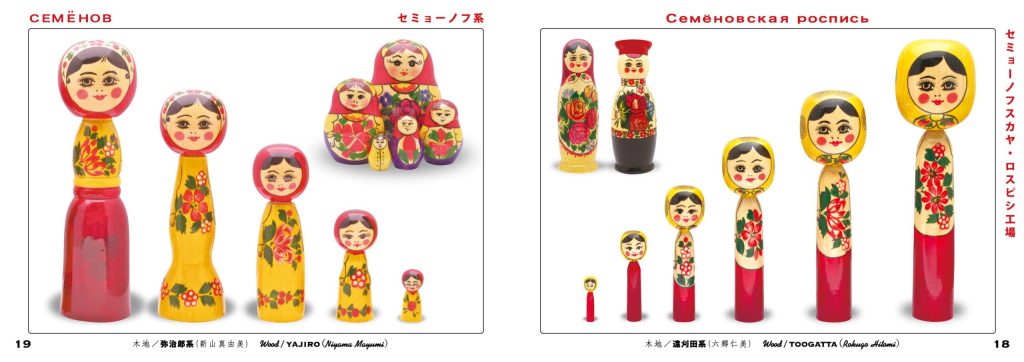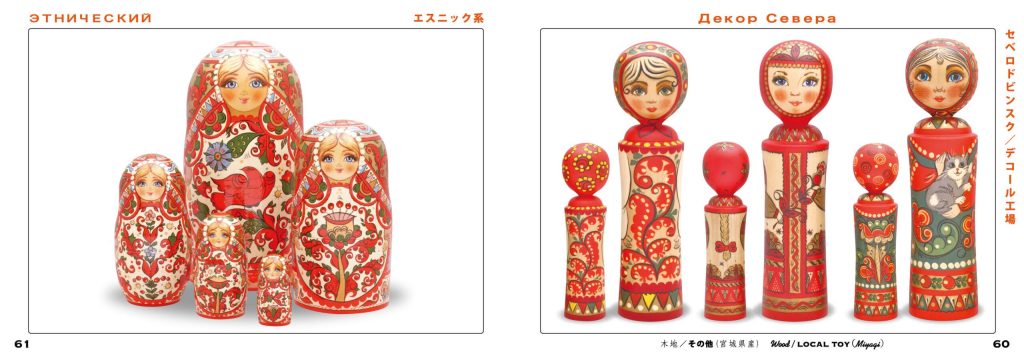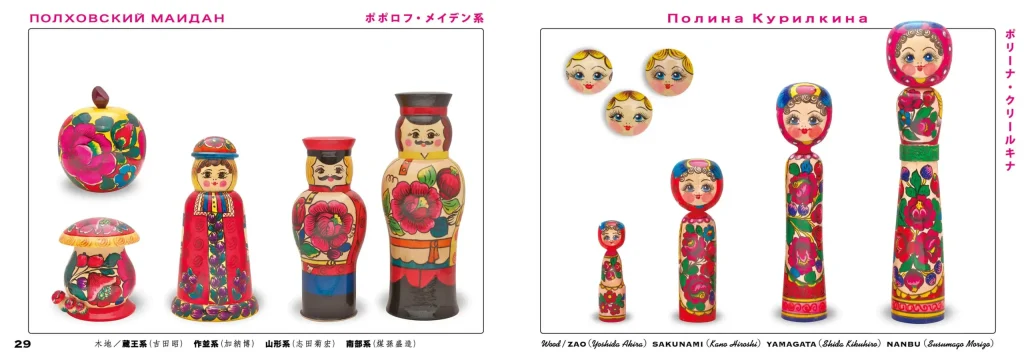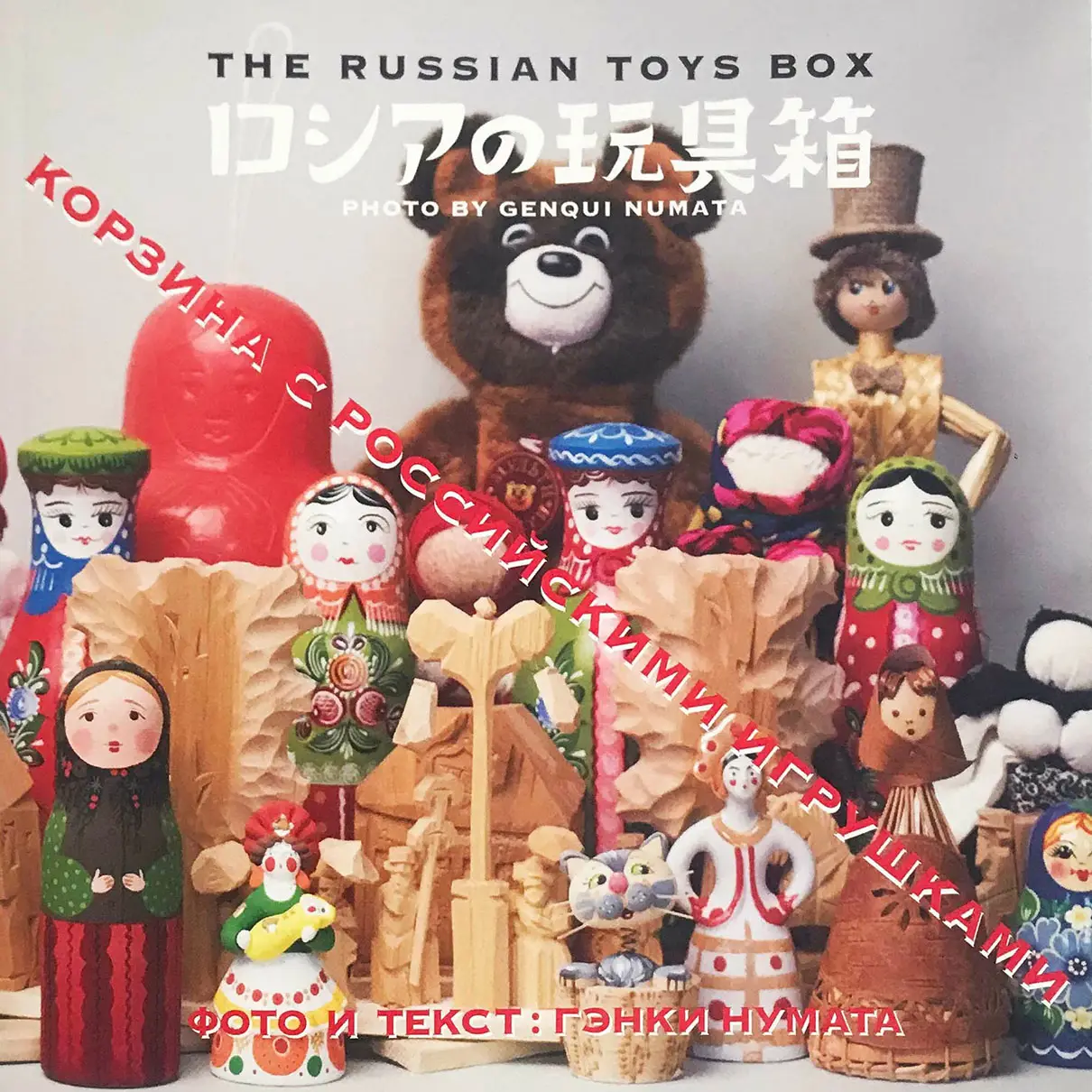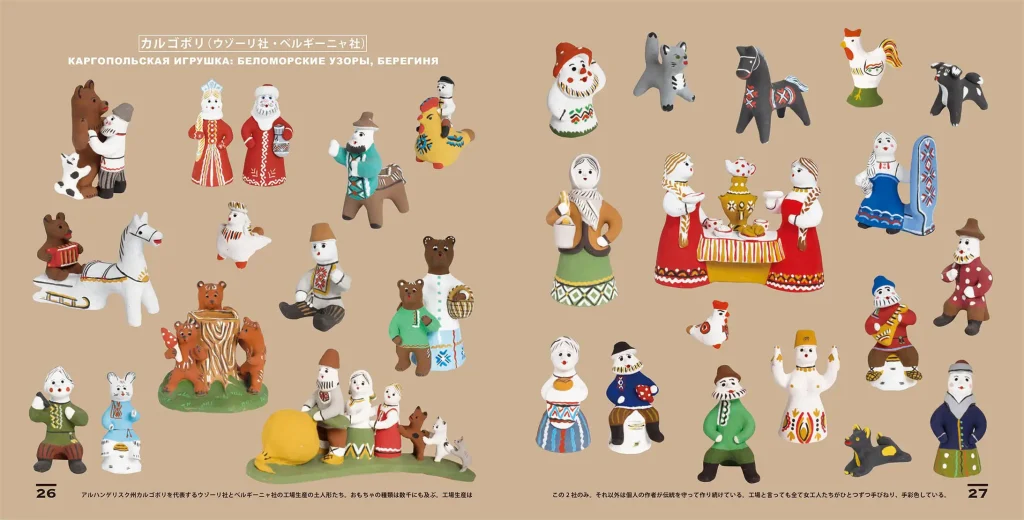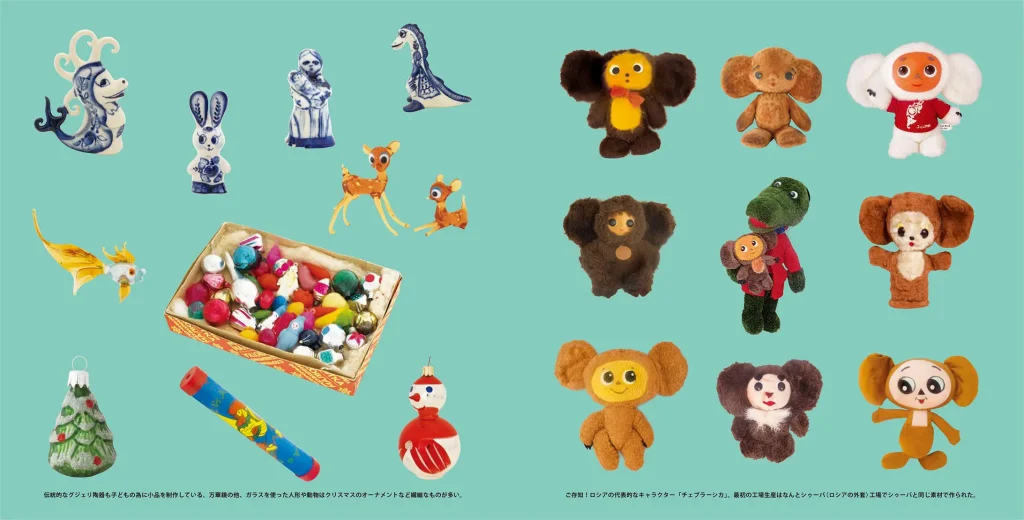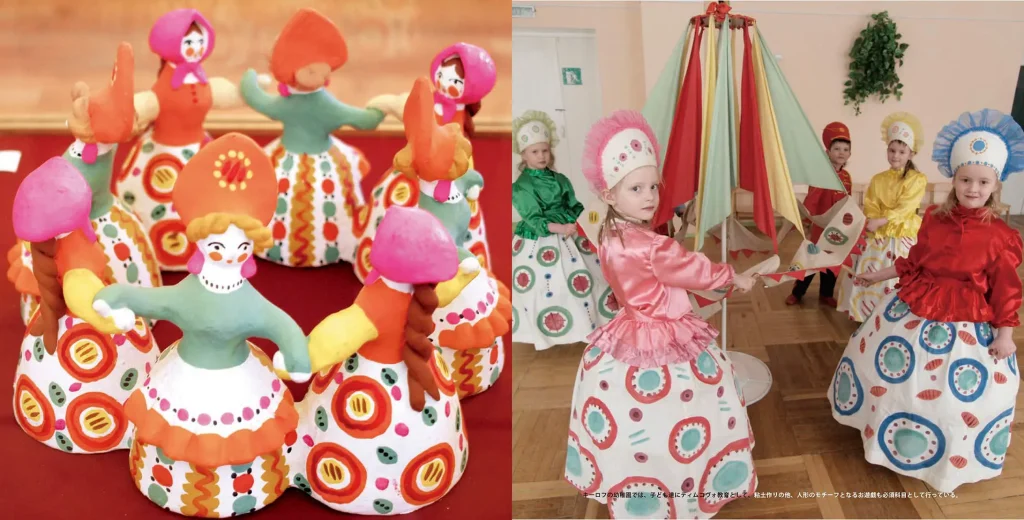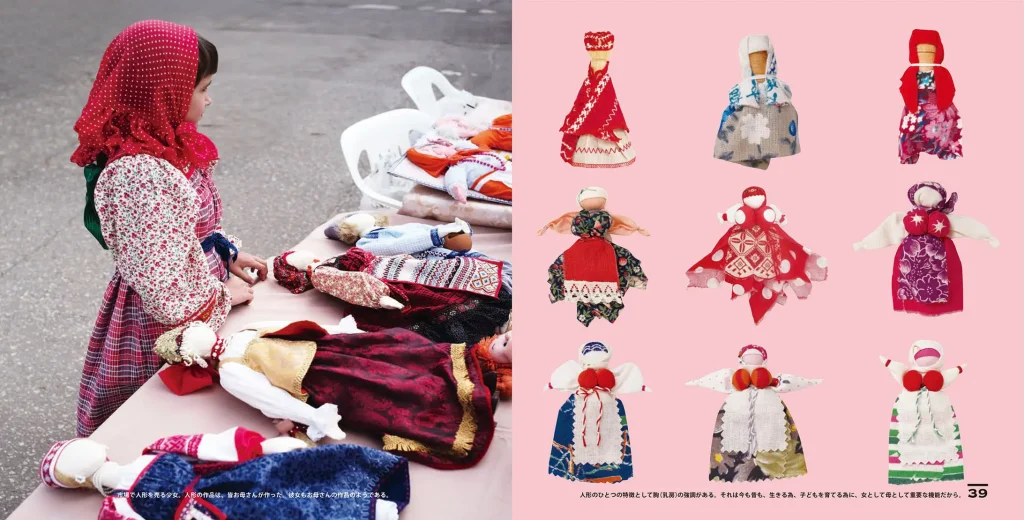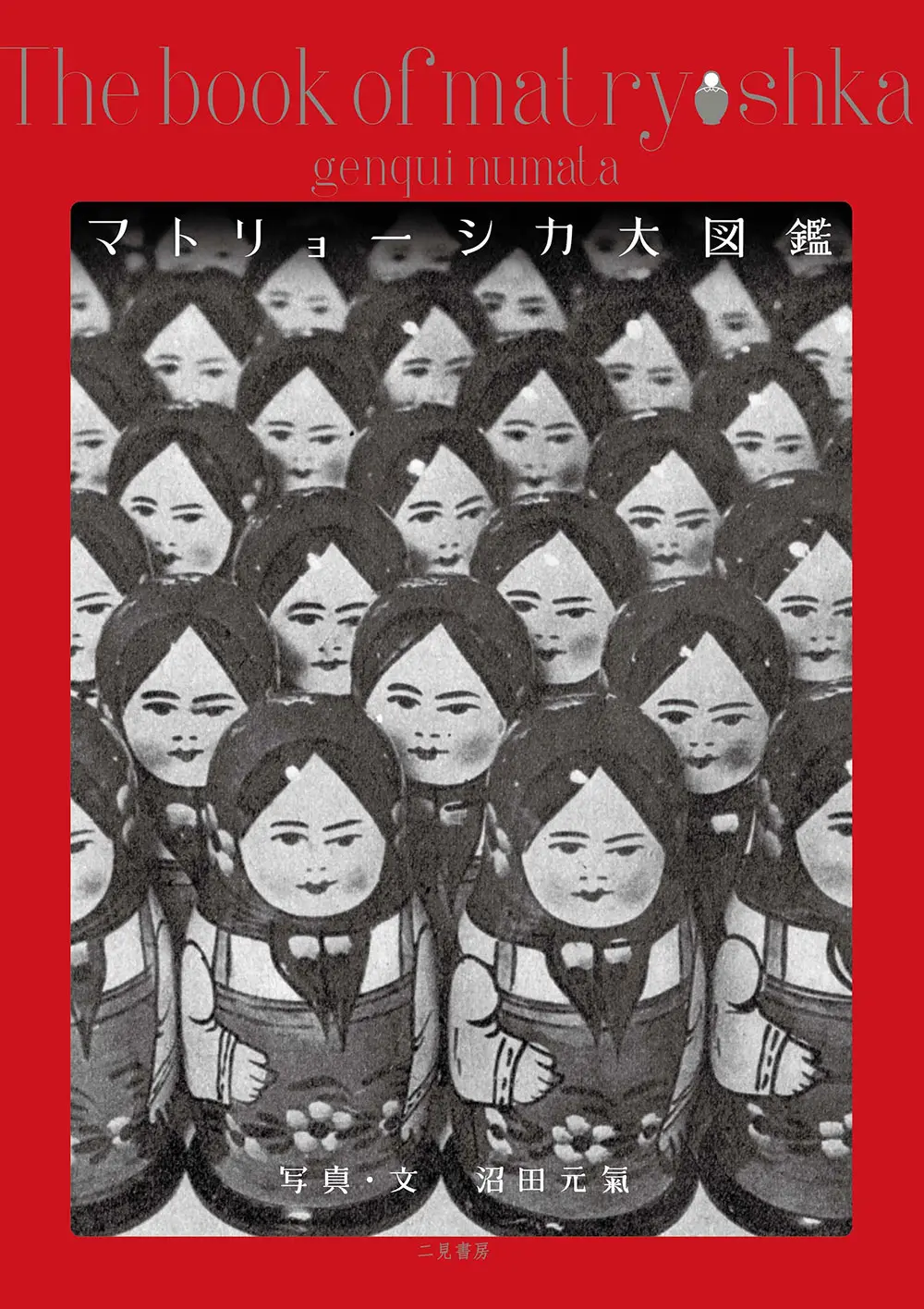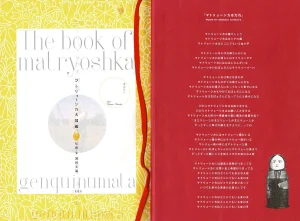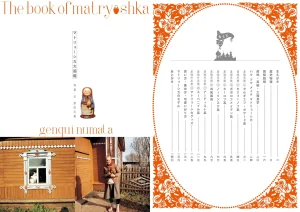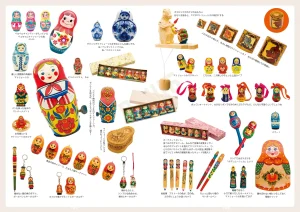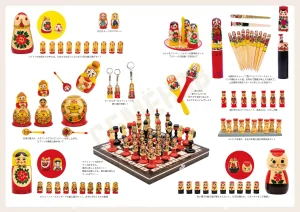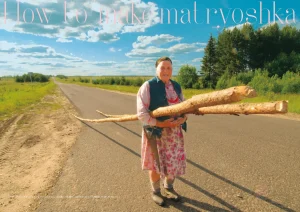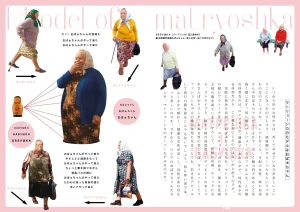In 2008, the “Koke-shka Exhibition” was held at the Tokyo International Forum as a Japan-Russia cultural exchange project (Kokeshka refers to kokeshi designs painted on Matryoshka wooden forms).
Approximately 70 traditional kokeshi artists were given Matryoshka forms to paint.
Photos & Text by: Genqui Numata
[ Full Color, A6 format, 80 Pages ]
A catalog from the “Mato-kokeshi Exhibition” held in 2008 at the Tokyo International Forum.
Matokokeshi refers to kokeshi designs painted by Russian Matryoshka craftsmen.
This catalog records a cultural exchange project linking wooden dolls from Japan and Russia.
Photos & Text by: Genqui Numata
[ Full Color, A6 format, 80 Pages ]
Russia has been focusing on educational toys for children since the Soviet era.
This cute and hobbyist toy encyclopedia showcases Russian toys, categorized by material, including wooden, clay, fabric, bone, straw toys, as well as toys from indigenous northern tribes and those produced in Soviet-era toy factories. It broadly introduces rare Russian folk toys.
Photos & Text by: Genqui Numata
[ Full Color, Square B5 format, 60 Pages ]
Published in 2010, this was the first book in Japan and worldwide to categorize Russian Matryoshka by their origin. Not only a comprehensive catalog with over 300 illustrations, but also a valuable documentary resource visiting each production site, factory, and individual artist’s workshop. It includes photo illustrations featuring charming elderly Russian ladies, who closely resemble Matryoshkas.
The book also features theories suggesting that kokeshi are the roots of Matryoshka, including many Seven Lucky Gods kokeshi. This book is a true Matryoshka bible, enjoyable to view and informative to read.
Author, Photos & Text by: Genqui Numata
Published by Futami Shobo, 2010.
[ Deluxe edition, full color, B5 format, 144 pages ]
